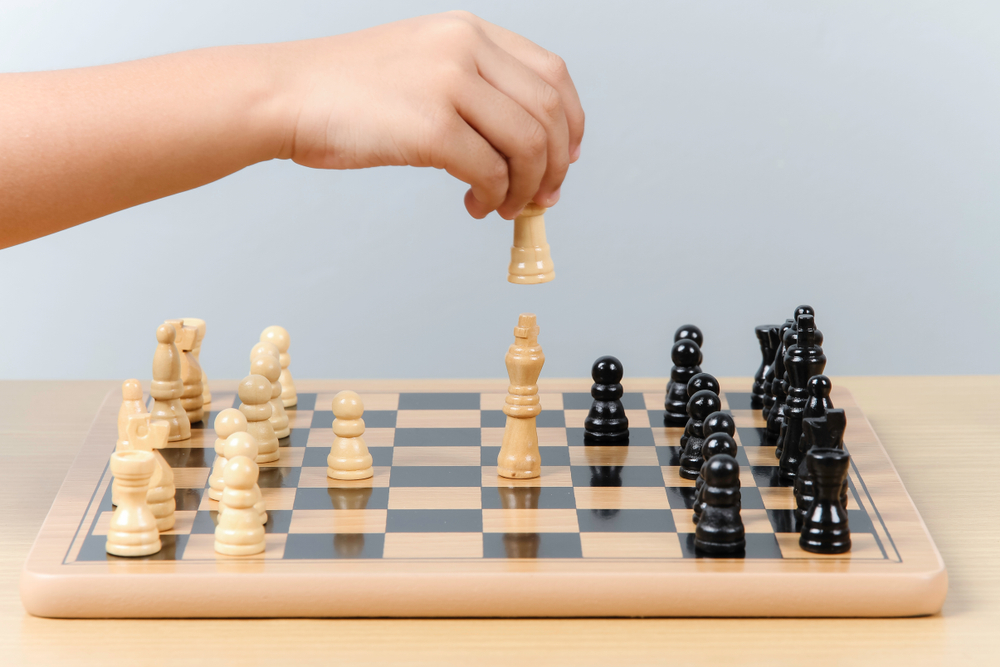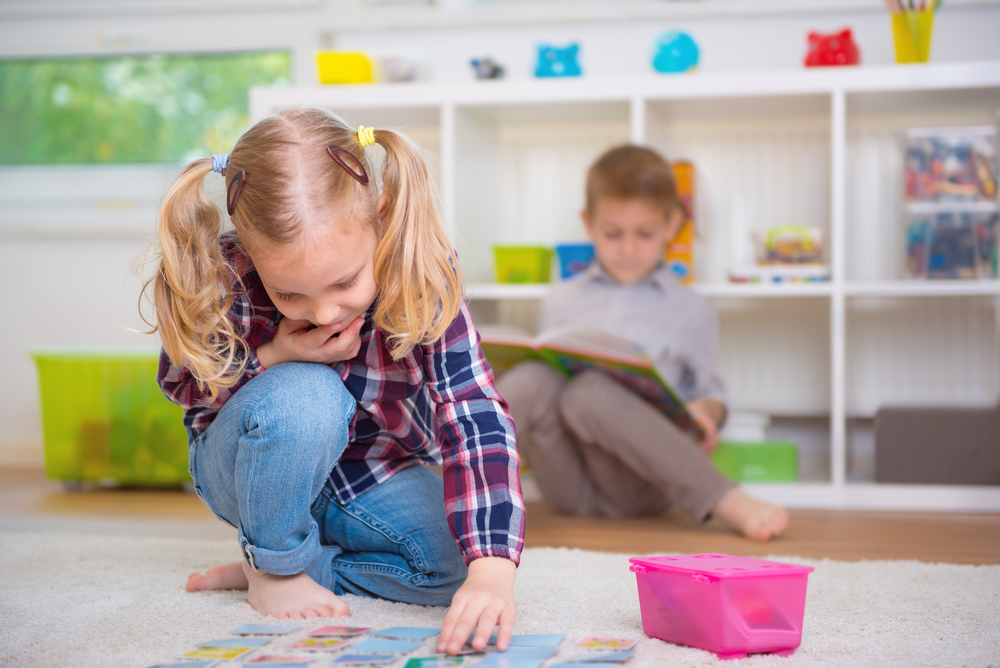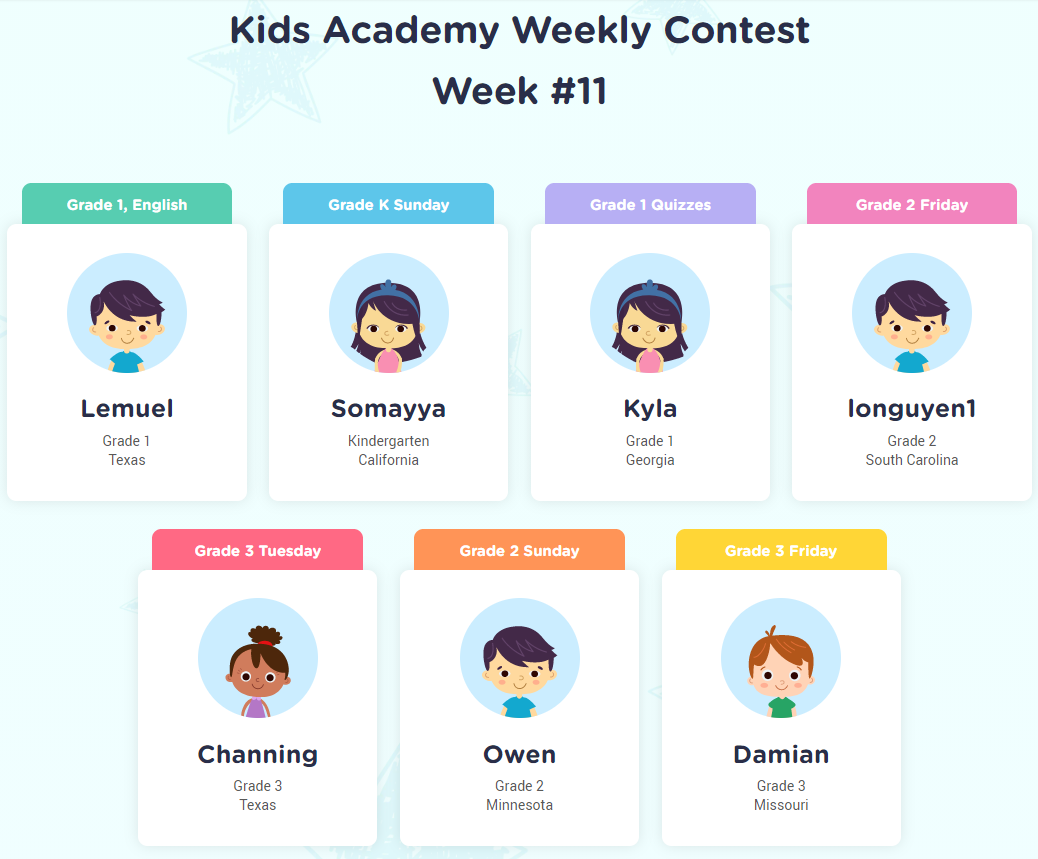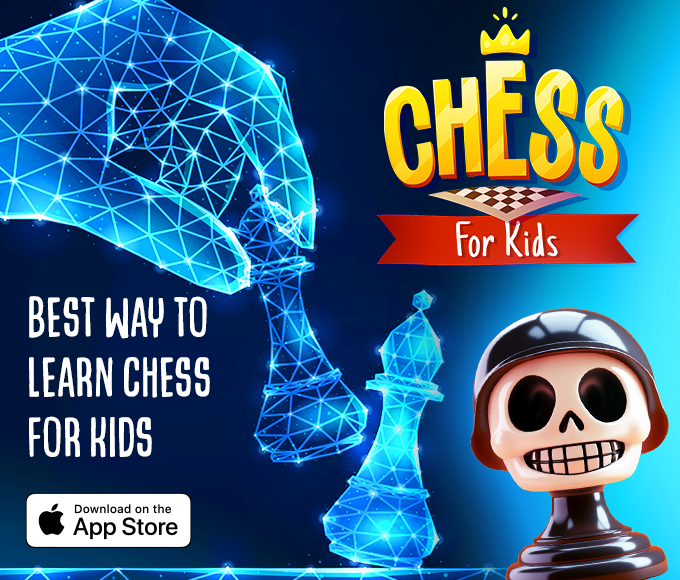Normal Tracing Worksheets Activities With Answers for Ages 8-9
38 filtered results
-
From - To
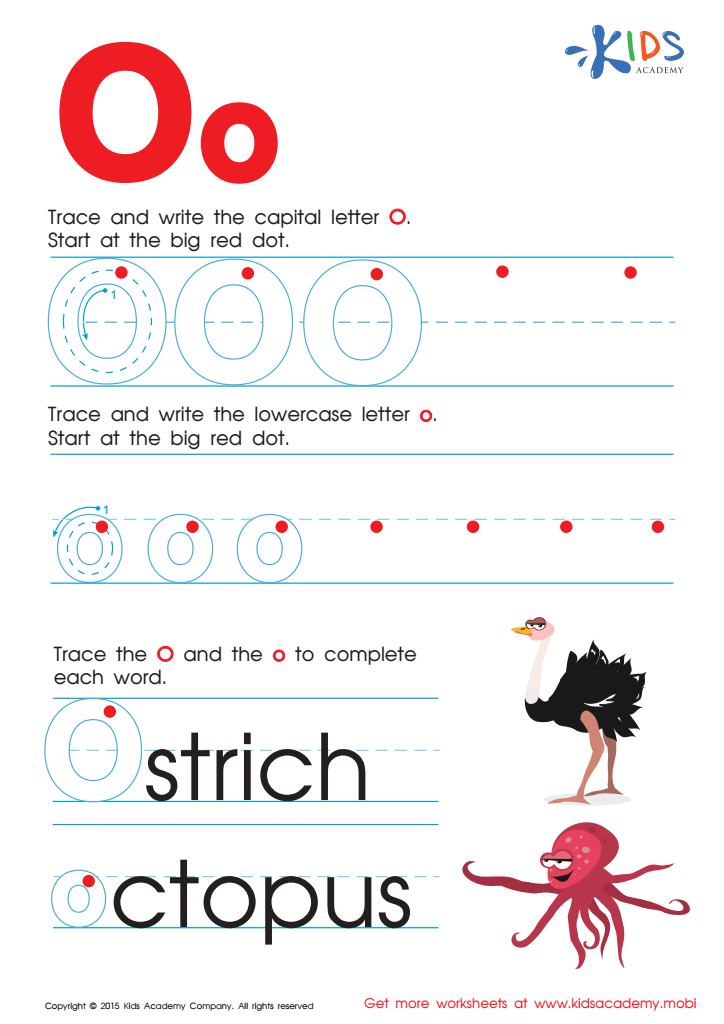

Letter O Tracing Page


Letter P Tracing Page
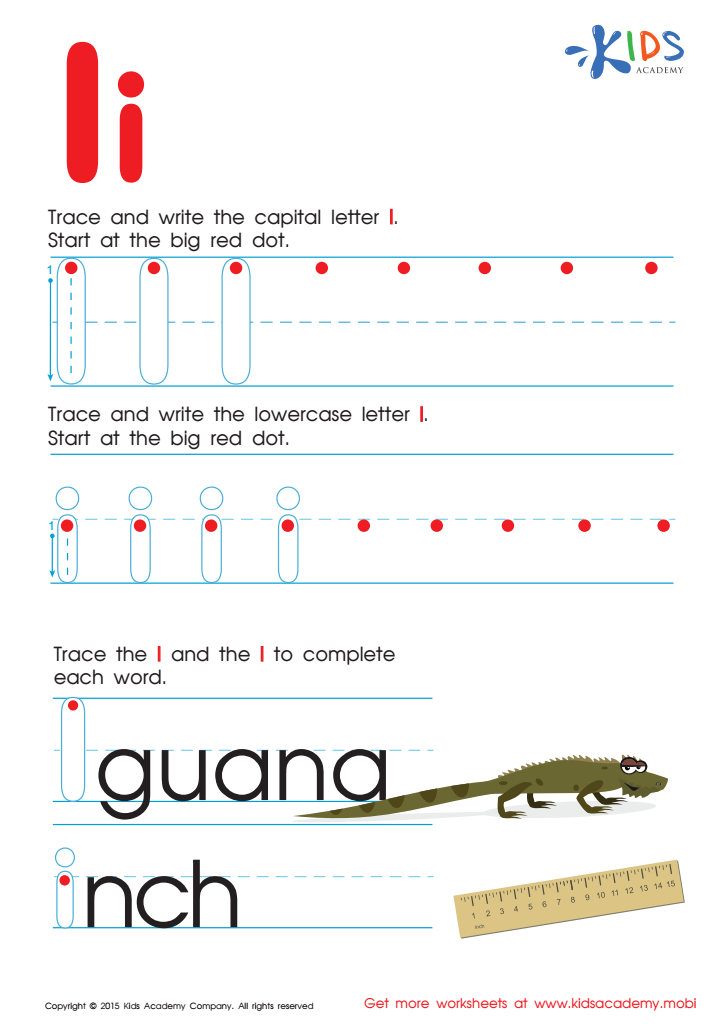

Letter I Tracing Page


Letter Q Tracing Page
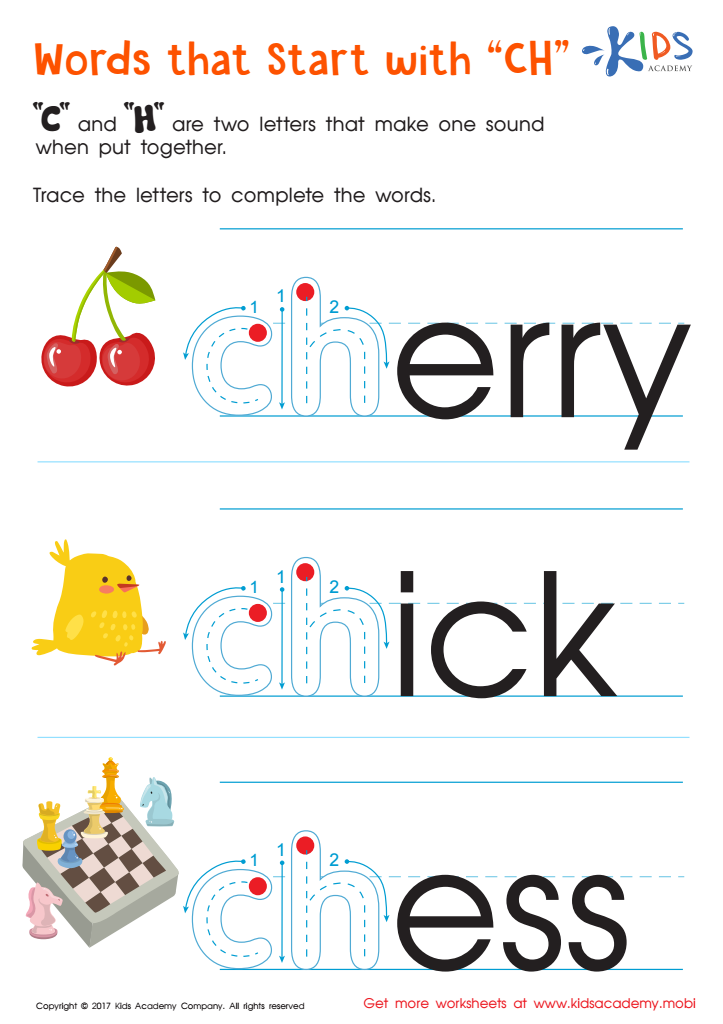

Words That Start with "ch" Spelling Worksheet
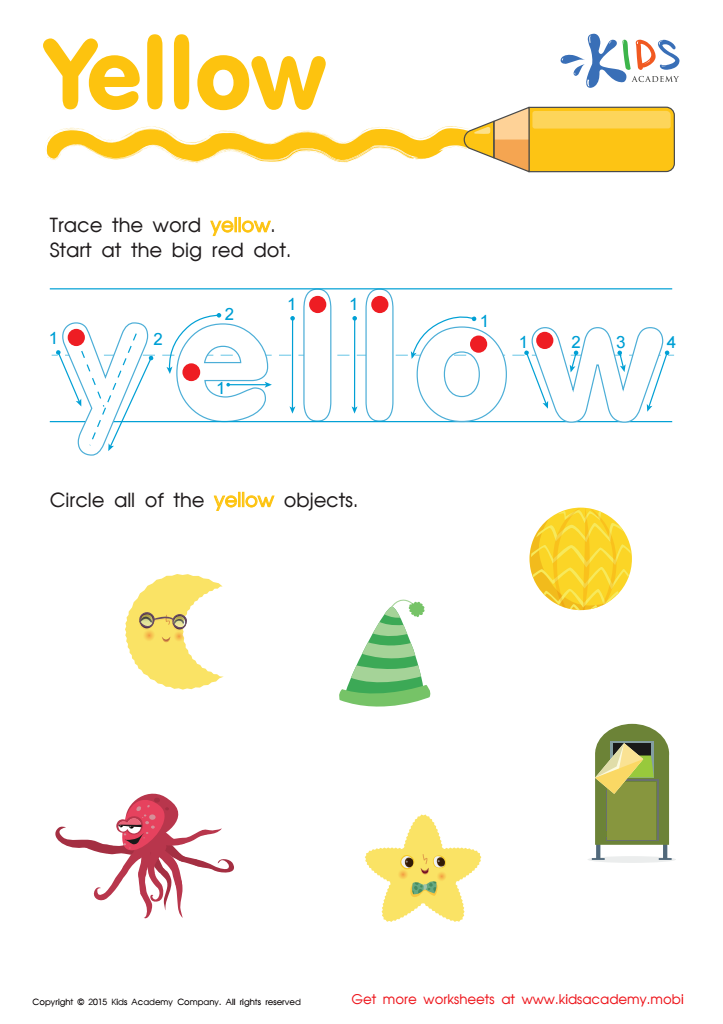

Yellow Tracing Color Words Worksheet
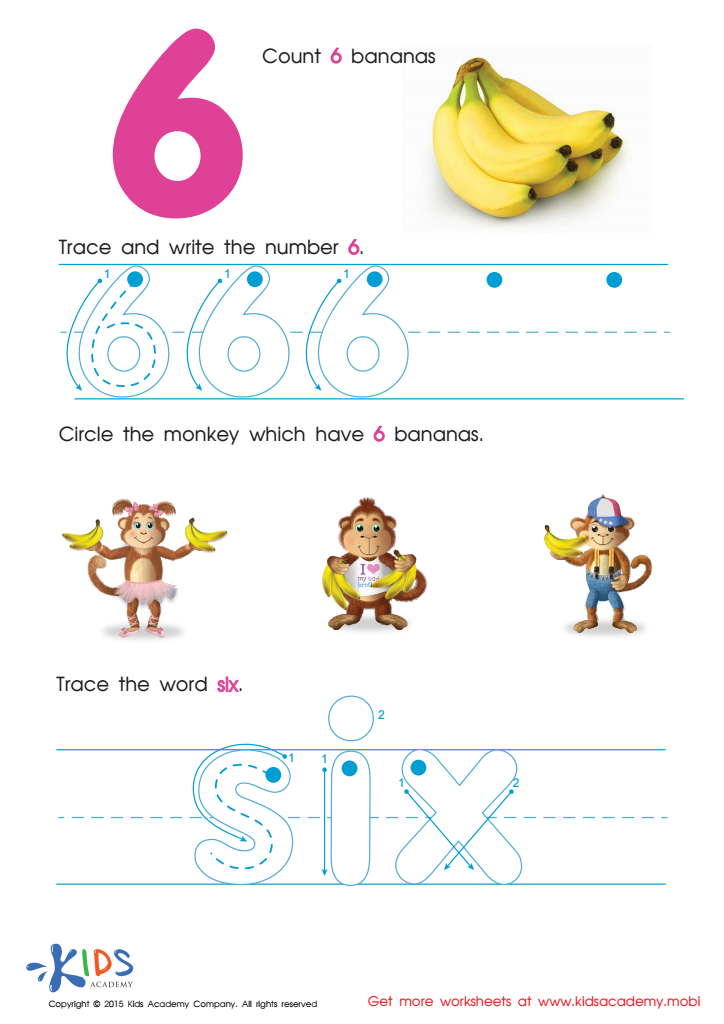

Tracing And Writing Number 6 Worksheet


Letter H Tracing Page
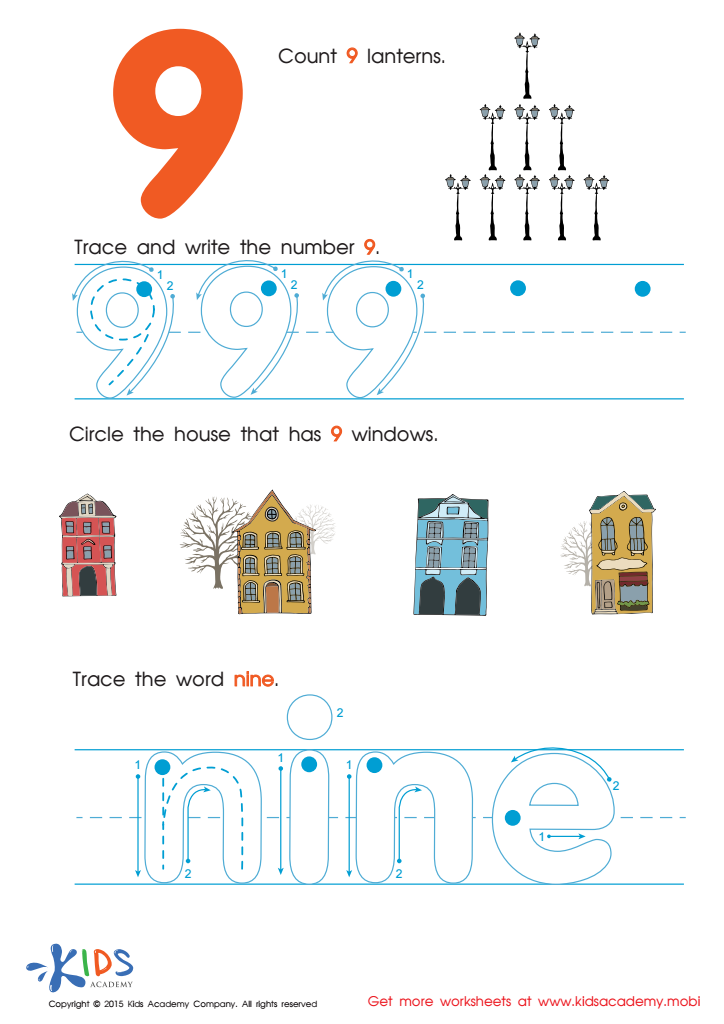

Tracing And Learning to Write Number 9 Worksheet
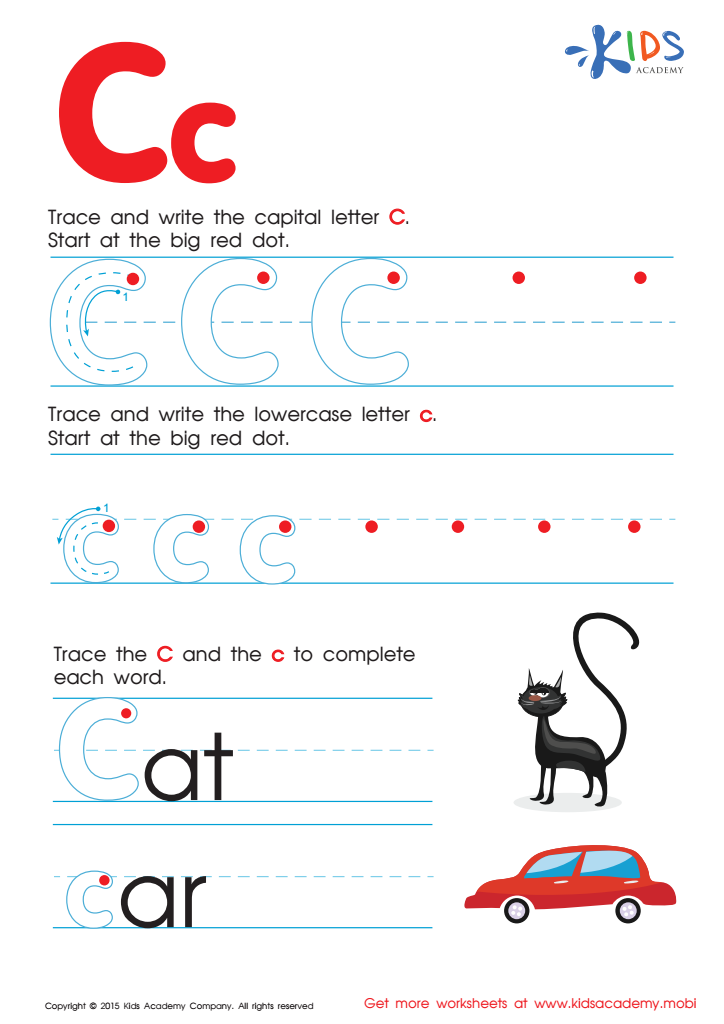

Letter C Tracing Page
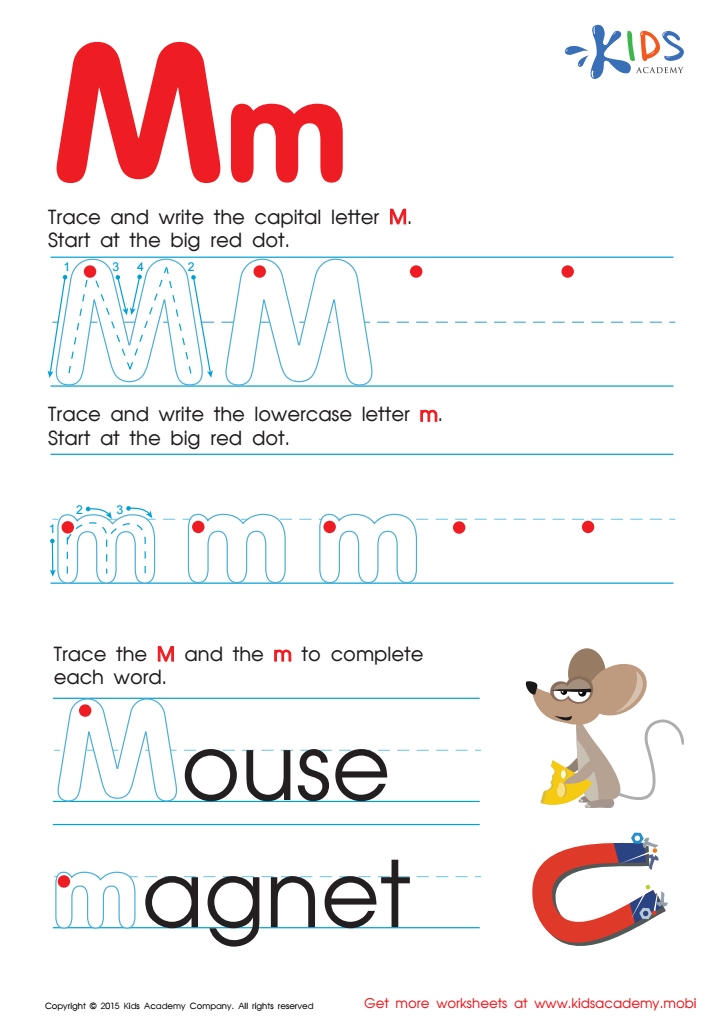

Letter M Tracing Page
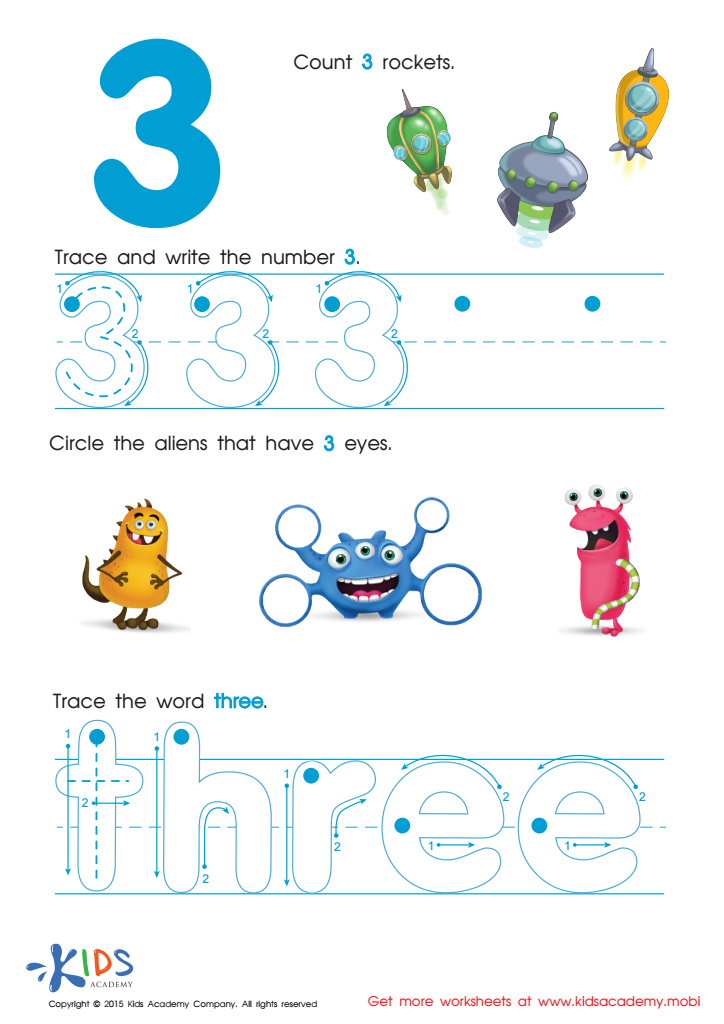

Learning Number Three Worksheet


Letter G Tracing Page


Pink Tracing Color Words Worksheet


Red Tracing Color Words Printable
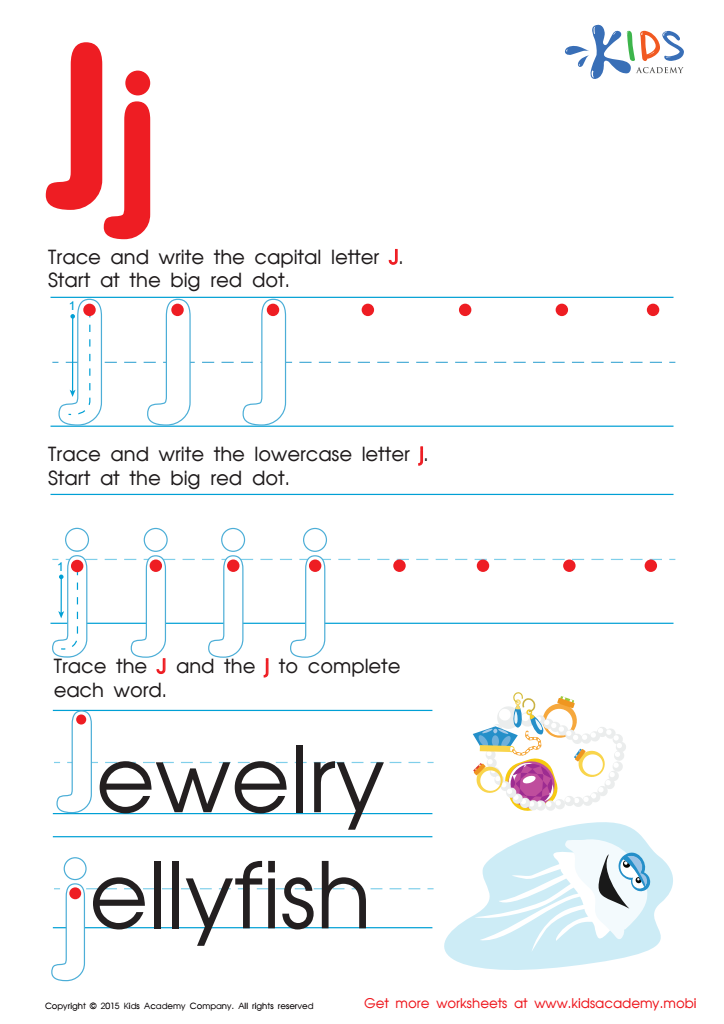

Letter J Tracing Page
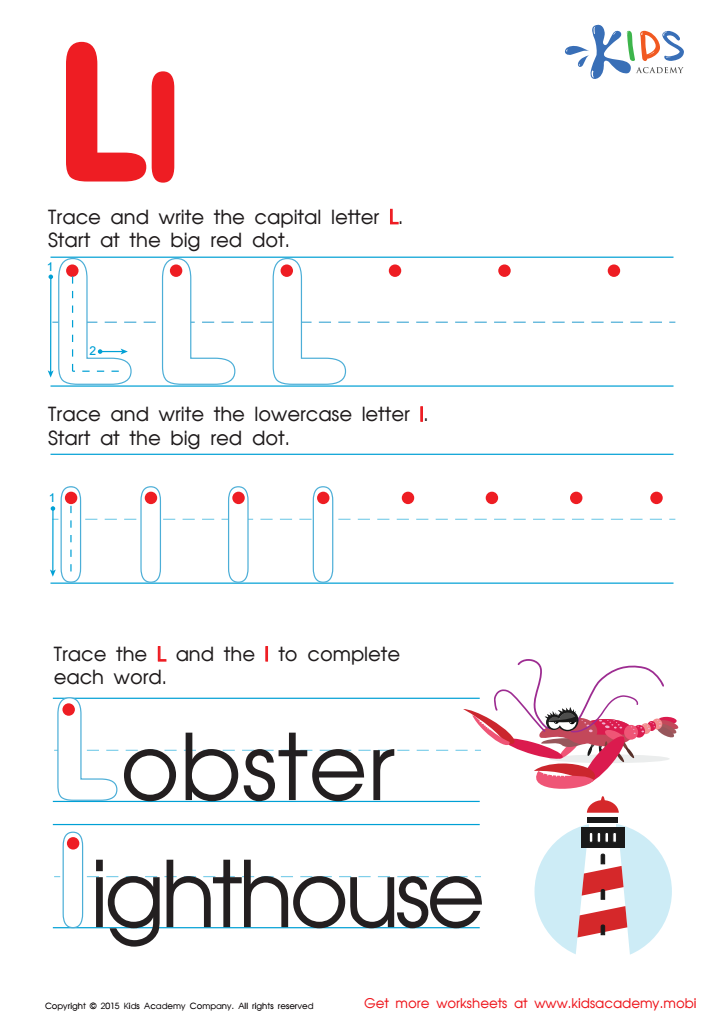

Letter L Tracing Page
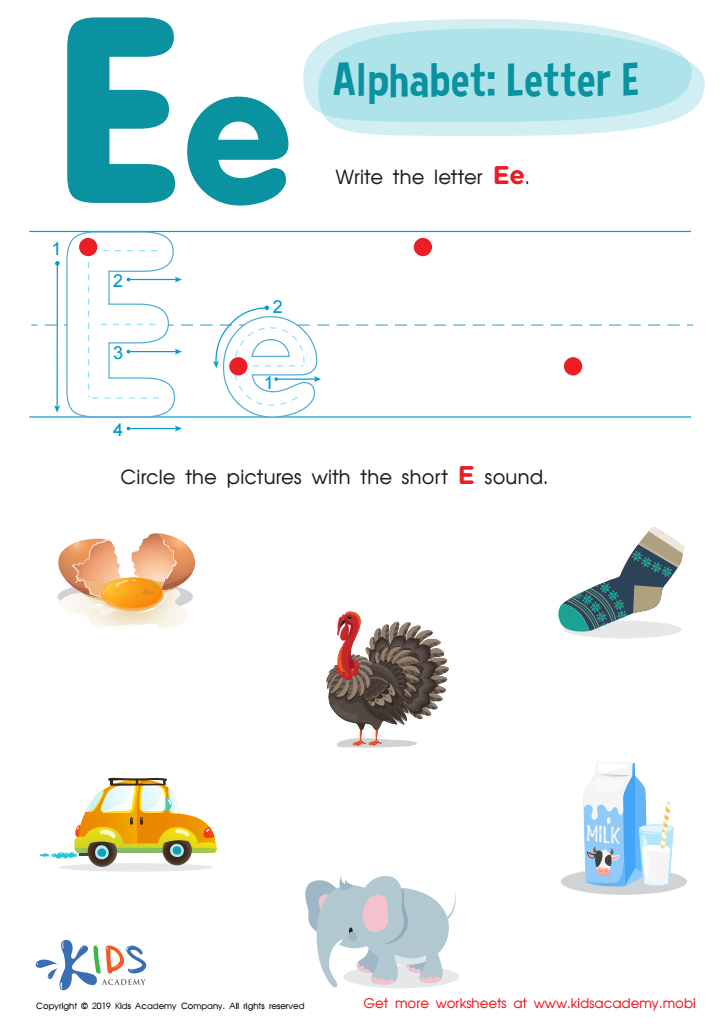

Letter E Tracing Worksheet
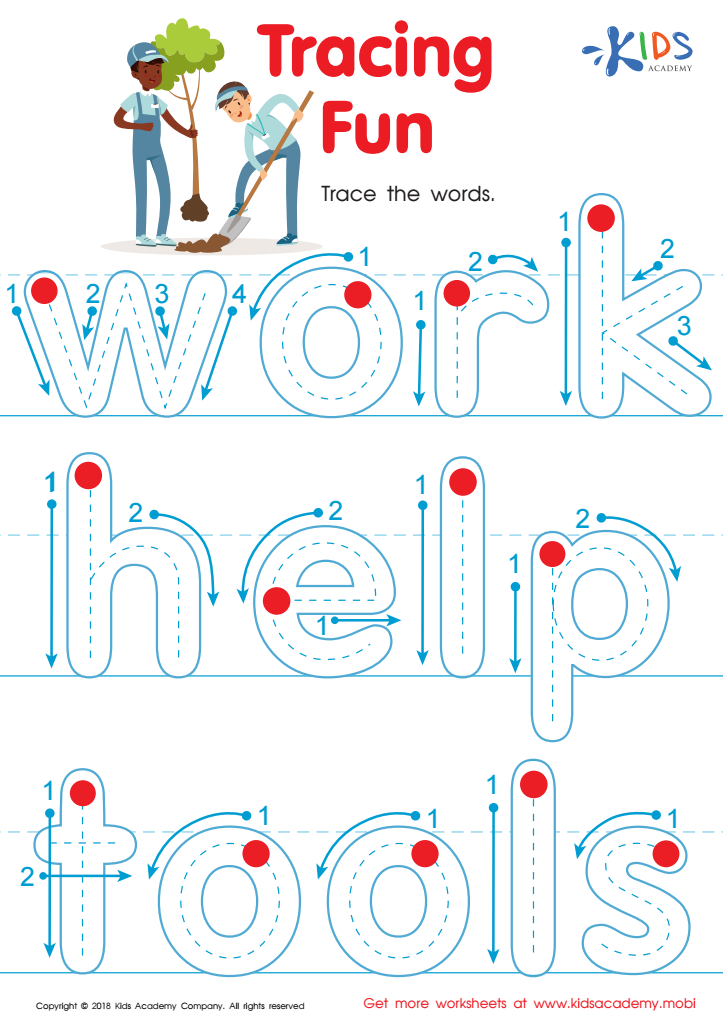

Tracing Fun Worksheet
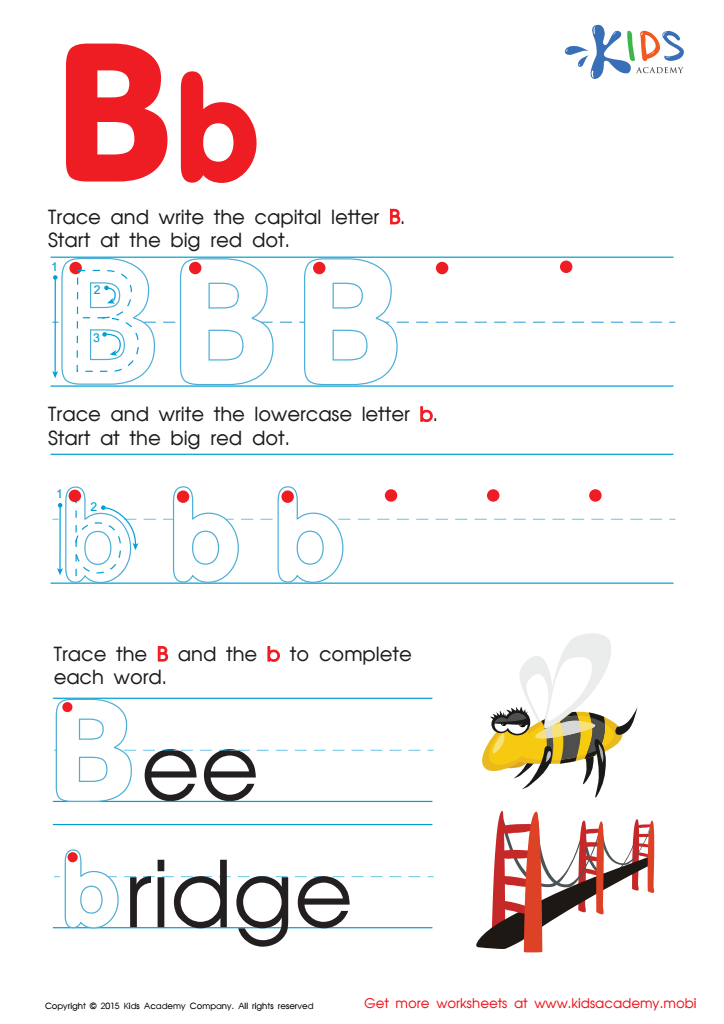

Letter B Tracing Page
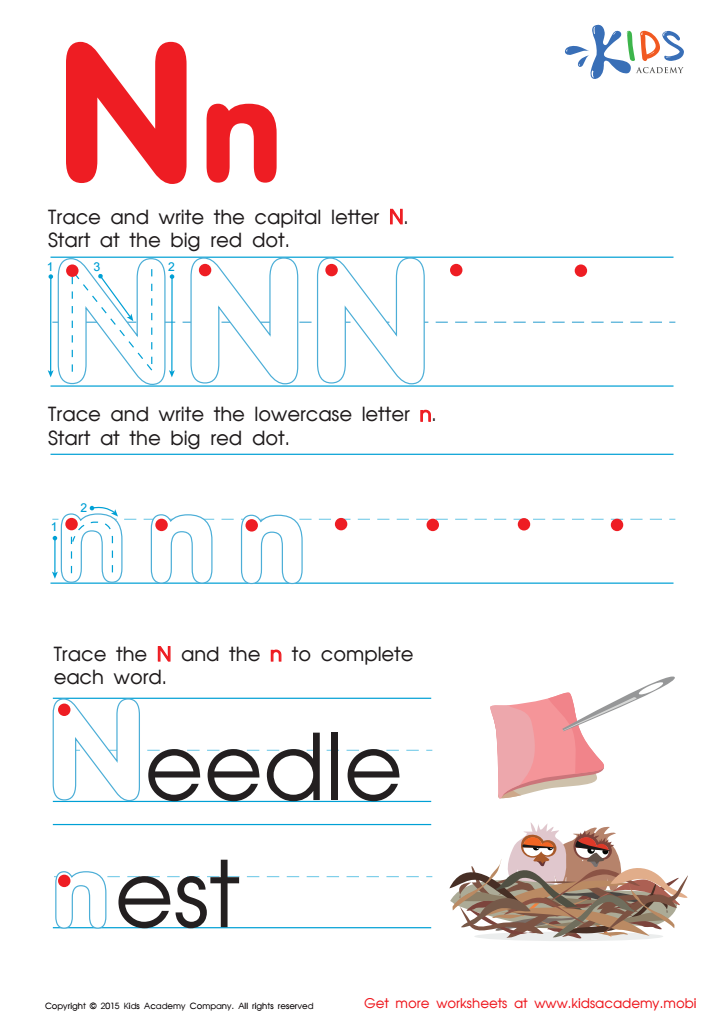

Letter N Tracing Page
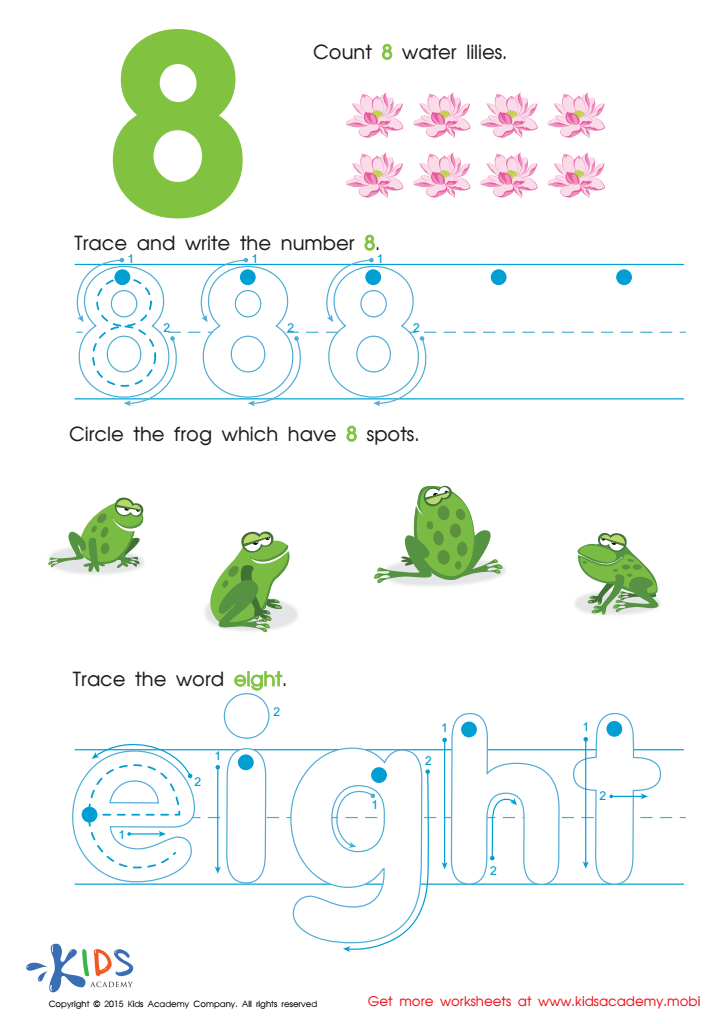

Learn Number 8 Easily Worksheet
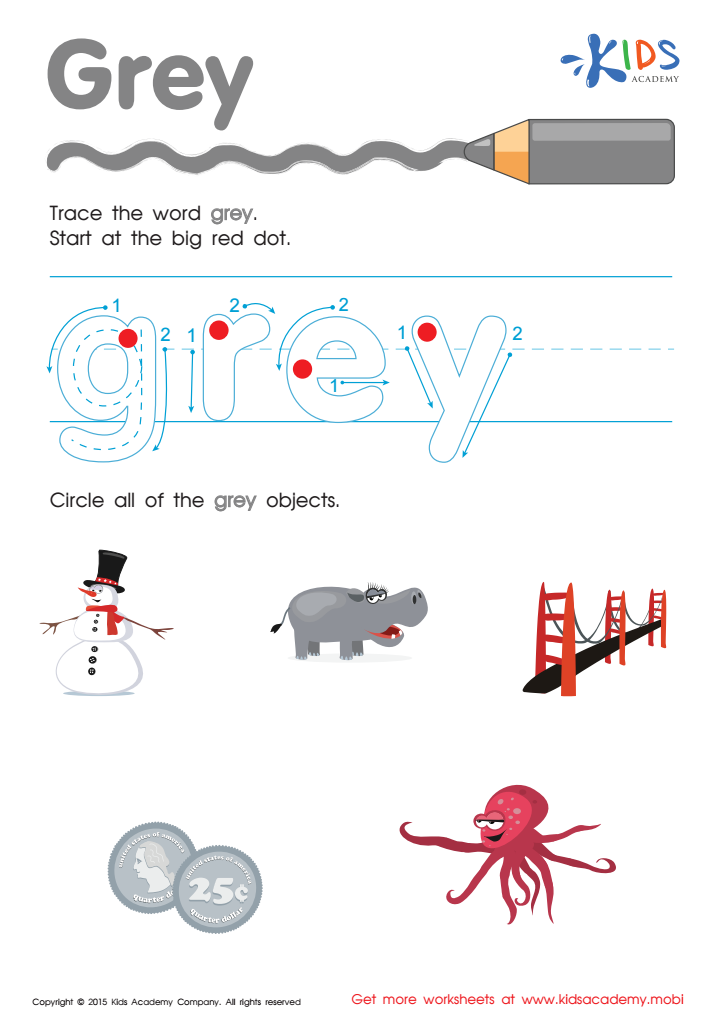

Grey Tracing Color Words Worksheet
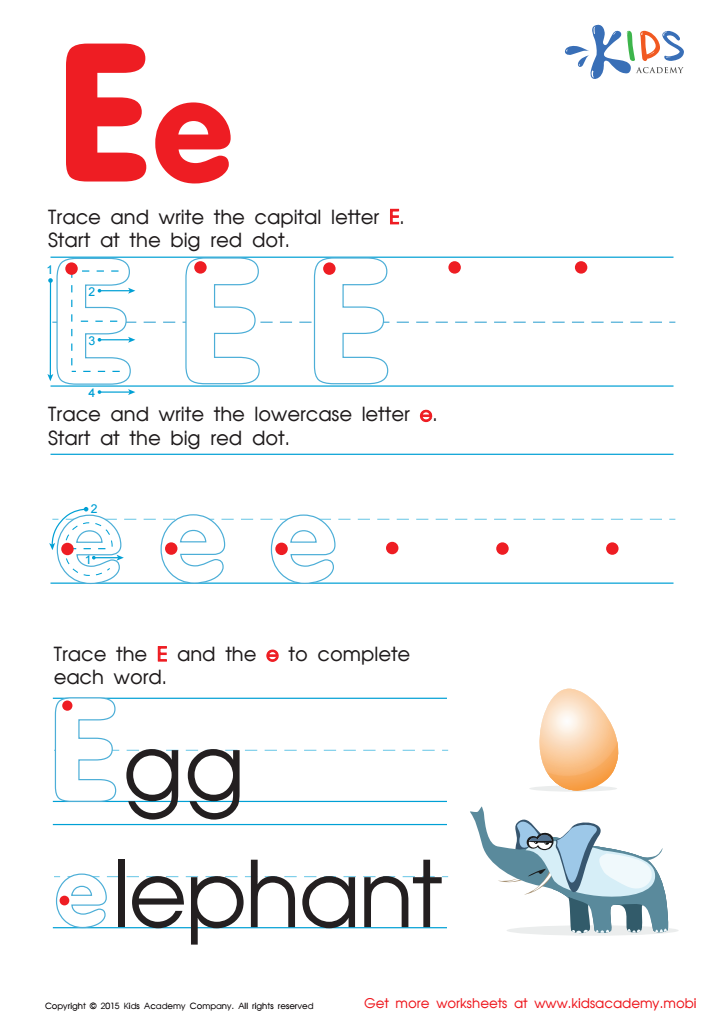

Letter E Tracing Page
Normal tracing worksheets activities with answers serve as an invaluable resource in the educational toolkit for children, especially in their early development stages. These activities are crafted to enhance children's learning experience by providing a structured path for handwriting practice, fine motor skill development, and cognitive growth. The inclusion of answers adds an additional layer of learning, making these worksheets an essential component for effective learning.
One of the primary reasons why these worksheets are useful is their role in improving handwriting skills. By offering a guided practice, normal tracing worksheets help children understand the shape and structure of letters and numbers, enabling them to develop neat and legible writing. This foundational skill is crucial not only for academic success but also for effective communication in their future endeavors.
Moreover, tracing activities are instrumental in enhancing fine motor skills. As children follow the lines and shapes on the worksheets, they learn to control their hand movements with precision. This control is critical for tasks beyond writing, including tying shoelaces, buttoning clothes, and using tools, thereby fostering independence and confidence in young learners.
Additionally, normal tracing worksheets activities with answers stimulate cognitive development. They encourage children to recognize patterns, understand sequence, and follow directions. The answers provided help in reinforcing the learning by offering immediate feedback, allowing children to self-correct and understand their mistakes. This process not only aids in learning the correct forms but also inculcates a habit of self-assessment and improvement.
In conclusion, normal tracing worksheets activities with answers are a versatile and effective tool in the educational journey of young learners. They not only support the development of essential handwriting and motor skills but also contribute to cognitive growth, making them an indispensable part of early childhood education. Through these structured and rewarding exercises, children are better prepared for future learning challenges, equipped with the skills necessary for success.
 Assign to My Students
Assign to My Students



